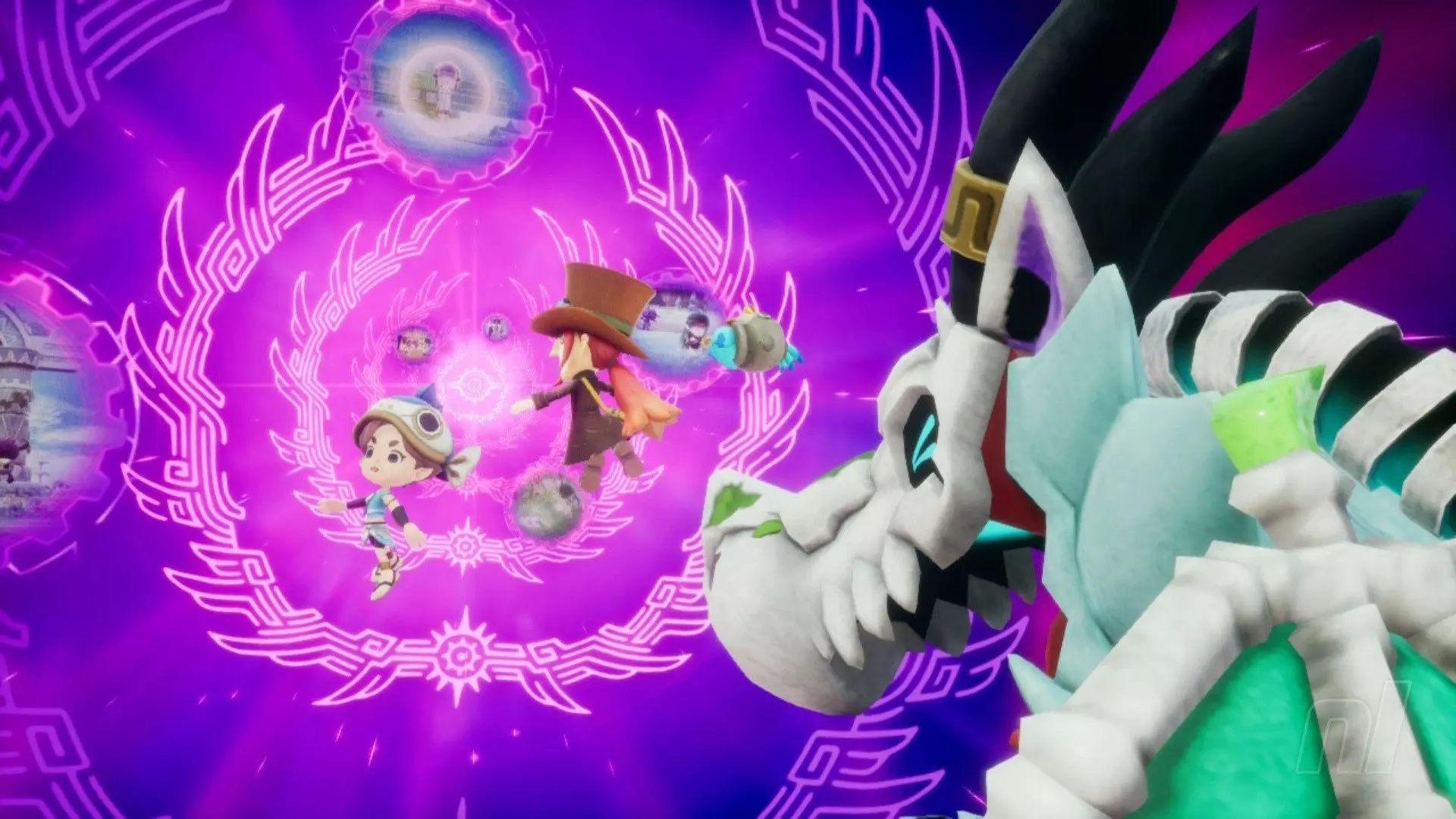Level-5 has recently made waves in the gaming community with the triumphant release of *Fantasy Life i: The Girl Who Steals Time*. Garnering an impressive 9/10 from critics, including commendations for both its Switch and Switch 2 versions, this title is a testament to the company’s ability to innovate and adapt. What’s particularly fascinating about this game isn’t merely its polished visual effects or intricate storylines; rather, it lies in the bold decisions made during its development process that led to a reimagined gaming experience.
Learning from Previous Mistakes
According to Level-5’s CEO, Akihiro Hino, the development team encountered significant hurdles early on. Hino’s candid reflection during a recent interview with Denfaminicogamer highlighted a pivotal moment where the game’s mechanics felt overly “suffocating”. Instead of committing to a flawed product, the team decided to take a radical approach: they “practically remade” the entire game from scratch. This kind of flexibility and willingness to pivot is often lacking in the fast-paced world of game development, where deadlines can push teams to stick with inferior designs just to meet launch dates.
The first major issue tackled was the size of the map and the initial movement mechanics, which were limited and constrictive. By expanding the world into an open environment and incorporating seamless traversal systems, Level-5 effectively transformed the player experience. This willingness to overhaul their vision speaks volumes about both their commitment to quality and their reliance on user feedback.
Engineering Breakthroughs and Positive Gameplay
Notably impressive is the engineering feat achieved by the team: crafting the game’s new open world in a mere two months. This was made possible by their bespoke technology that translated 2D artwork into 3D terrain. Such efficiency illustrates not just skill but also the innovative thinking at the heart of Level-5. As Hino pointedly indicated, allowing players to perform various actions like chopping trees and climbing gives the gameplay a sense of freedom and comfort that earlier versions lacked.
The overall design philosophy seemingly revolves around user enjoyment—the focus was shifted away from metrics-driven gameplay that had previously made players feel stressed. By prioritizing a more immersive, less pressure-laden mechanic, the developers have tapped into the essence of fun.
Building a Community Around Creativity
Moreover, *Fantasy Life i* serves as a case study in the importance of fostering a creative environment where developers aren’t afraid to experiment and iterate based on feedback. Hino’s reflection on the challenges faced, particularly with the exit of notable producer Keiji Inafune, suggests that adaptability is crucial in maintaining the morale and creativity of the team.
In the fast-evolving world of gaming, where player expectations continue to rise, Level-5’s journey is an invigorating reminder of the potential for transformation. As gamers, we can benefit enormously from such shifts—not merely enjoying products but witnessing the evolution of creative thought within the industry. This innovative approach might just be what gaming needs to break free from repetitive cycles and truly captivate an audience.

